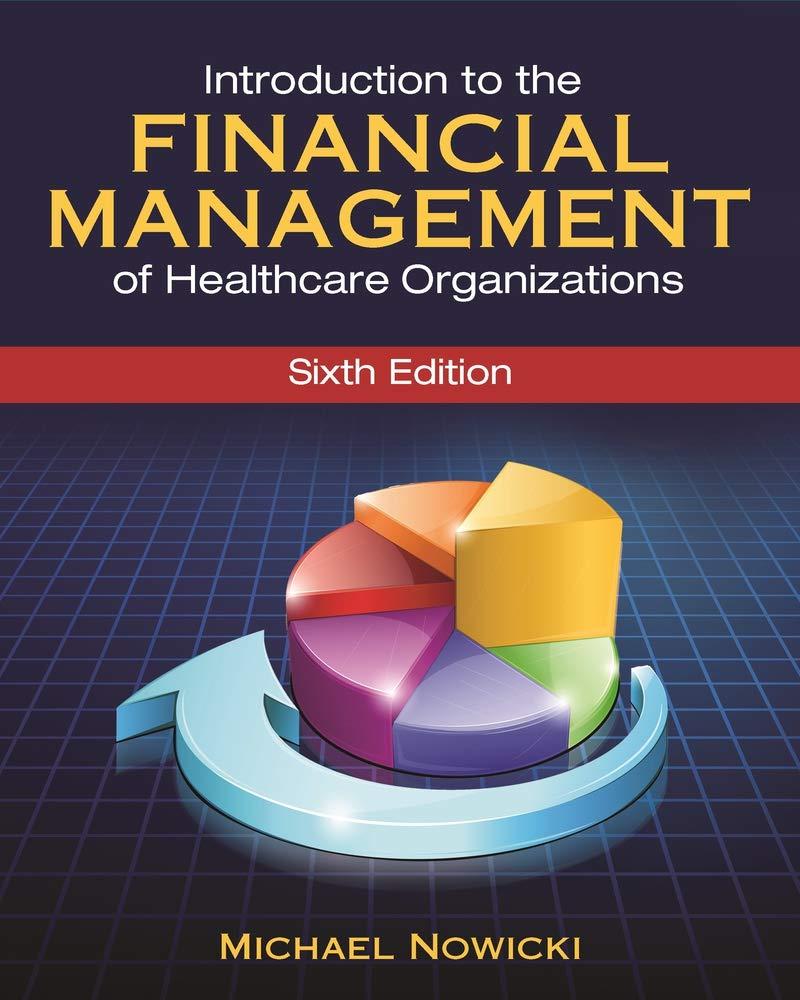Question
Southern Alabama (SAB) decided to expand into a new market in 2022 selling its version of European Standard Paper (ESP) in a composite paper product
Southern Alabama (SAB) decided to expand into a new market in 2022 selling its version of European Standard Paper (ESP) in a composite paper product that it called Laminated Carbon Paper (LCP). This structural product was superior in that SAB could offer sheets with customizable grain (1.3E, 1.5E, and 1.7E) and thicknesses (1-1/2 to 3-1/2), with its primary applications being in the construction of moisture-resistant books and folders in academic and commercial properties. Application Value Proposition What Does This Mean? College rule papers and binder stackable folders LCP decreases labor costs and print cycle because you can use one piece instead of multiple pieces Reducing print cycle lets printers turn resources into cash more quickly Wall Framing and wall papers LCP reduces waste and callback because it does not warp, crumple, or shrink. Its also available in long lengths Printers use this in Zone Framing. Mainly tall walls, kitchens and bathroom, walls. Less call backs and waste. Truss Chords LCP can decrease a truss fabricators costs by using smaller cross sections, using fewer sheets (increasing production), and using fewer stacks for girder trusses. This ultimately means lower cost for the printer. Roof Framing LCP reduces waste and build cycle time when used as wallpapers and bindings straight, rectangular, and available in long lengths. It is difficult to find long length, wide pieces of lumber I-joists have the length but they have had difficulty breaking into the roof rafter market due to the issues of connecting to an I section. In order to meet a January 2022 full production schedule for LCP, SAB decided to refurbish an existing plant in Mobile, AL with capital expenditures and net working capital totaling $243 million. The primary fixed asset required for LCP production was a Swabb single opening adhesive injection press that would cost $229 million. In addition to the new press, SAB estimated that the refurbished press would require a $14 million infusion of net working capital. The firm expects that 75% of the increase in net working capital will be returned at the projects termination. The capital equipment is to be depreciated using a 7-year Modified Accelerated Cost Recovery System (MACRS) schedule. SAB also concluded that the LCP expansion will exist for 7 years thereby finishing in the fall of 2028. As a result, SAB projected and has experienced the following Projected Sales Volumes: Year 22 23 24 25 26 27 28 Original 3m 5m 6m 7m 7m 7m 7m Price per unit $18 $18 $19 $19 $20 $20 ` $21 (m = $ million) SAB also assumed that this project would end in 2028 with the $11,500,000 market sale of its press. In addition, the firm expected that the plants total operating costs (both fixed and variable) would be 60% of sales in years 2022-2025 and 58% of sales in years 2026-2028. Next, Ls marginal tax rate is 31% (used deriving its Operating Cash Flows) and capital gains tax rate is 15% (used in deriving tax loss/gain in salvage value). Last, you assume that SAB will raise all of the capital to finance this project using a blend of debt and equity, and intends to use a capital structure based on the following existing outstanding sources. As a result, you base your cost of capital assumptions on the following: o The firm currently has 800 bonds outstanding with the following terms: Remaining Maturity = 8 years, Coupon Rate = 5.40% (semiannual pay), Current Price = $990. o The firm currently has 95,000 common shares outstanding with the following price and market terms: Stock price = $28, Beta = 1.10; Rf Rate = 1%; ERm = 8% o The firm currently has 43,000 preferred shares outstanding with the following terms: Share price = $85; Dividend Rate = 4.15% Derive a cash flow analysis and recommendation.
1. What is the initial cash outlay (CF0) and what are the operating cash flows in years 1 thru 7 - adjusted for taxes and depreciation?
2. What are the terminal-year cash flows added to the operating cash flow in year 7?
3. What is the WACC? According to the Static Theory, why should the WACC be different with more/less debt? What are the assumed risks of changing the capital structure to lower the WACC?
4. Given your results for CF0 thru C07, would you have recommended that SAB take-on this project with its original projections? Compute and explain the significance of the NPV & IRR to support your answer.
Step by Step Solution
There are 3 Steps involved in it
Step: 1

Get Instant Access to Expert-Tailored Solutions
See step-by-step solutions with expert insights and AI powered tools for academic success
Step: 2

Step: 3

Ace Your Homework with AI
Get the answers you need in no time with our AI-driven, step-by-step assistance
Get Started


